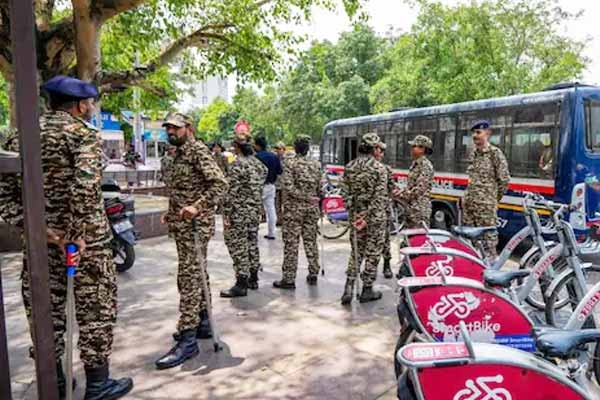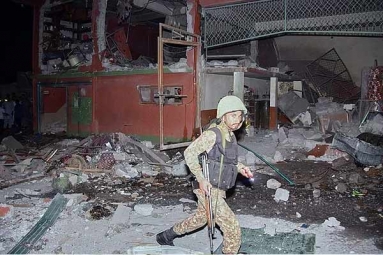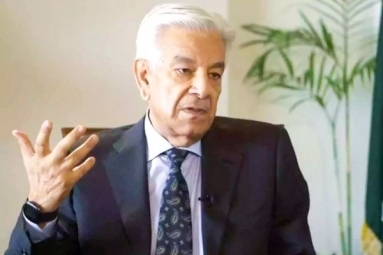
(Image source from: PTI)
In line with directives from the Centre, states and Union Territories are gearing up for a civil defense security drill scheduled for tomorrow. Although the Centre's communication to the chief secretaries of the states does not directly reference the ongoing tensions with Pakistan, the timing of the order—coming just after the Pahalgam terror incident—indicates a clear context. The previous drill of this nature took place prior to the 1971 conflict between India and Pakistan, which resulted in Pakistan's defeat and the establishment of Bangladesh. Here is what is essential to understand about the imminent security exercise:
As per a notification from the Ministry of Home Affairs, this drill is to be conducted in all 244 Civil Defence districts across the nation. It is stated that the exercise is organized down to the village level, and its goal is to evaluate and improve the readiness of Civil Defence structures in every State and Union Territory. The notification emphasizes that there should be "active participation" from the District Controller, various local authorities, civil defence wardens and volunteers, Home Guards (both active and reserve), as well as students from colleges and schools. It also highlights the need for civilians to receive training to effectively respond to a "hostile attack."
The Home Ministry’s notification outlines nine specific objectives for this security drill. One of the key aims is to evaluate the effectiveness of air raid warning systems and to prepare the public to react to potential aerial threats. Communication lines with the Air Force, including hotlines and radio connections, will be operational during the drill. The exercise will also assess the performance of control rooms and shadow control rooms. Additionally, it states that civilians and students must receive training in civil defense to ensure their safety "in the scenario of a hostile attack."
Training will encompass measures for crash blackouts, which involve instructions on conducting planned blackouts to protect against air assaults. Participants may be instructed to turn off lights for specified periods to simulate a blackout. Training will also include the camouflaging of critical facilities and installations, meaning protective steps will be taken to shield key locations—like airfields, refineries, and rail yards—from enemy attacks. Furthermore, the drill will evaluate the readiness of rescue teams and firefighters, as well as plans for evacuation. Evacuation exercises will serve as practice for relocating civilians from at-risk areas to safer locations. Civilians will also be instructed in first-aid procedures, firefighting, and taking shelter.
The horrific Pahalgam terror attack, which resulted in the deaths of 25 tourists and a local pony ride operator, has left the nation in shock and dismay. In response, the government has expressed its commitment to a firm reaction, with Prime Minister Narendra Modi stating that those responsible for the attack, including its planners, will face unimaginable consequences. Investigations into the Pahalgam incident have indicated possible involvement from Pakistan, similar to numerous previous terrorist attacks on Indian territory.
After a sequence of diplomatic actions directed at Islamabad, which included halting the Indus Waters Treaty, New Delhi is gearing up for a potential military reaction. Recently, Prime Minister Modi, along with Home Minister Amit Shah, Defence Minister Rajnath Singh, and key ministers and officials within the security framework, have engaged in numerous discussions. The Prime Minister has conferred with the leaders of the Army, Navy, and Air Force, as well as the Defence Secretary, leading to speculation that a significant action against Pakistan could be on the horizon. The directives from the Centre to finalize a security agreement seem to be a component of their strategy for a counter-offensive.









